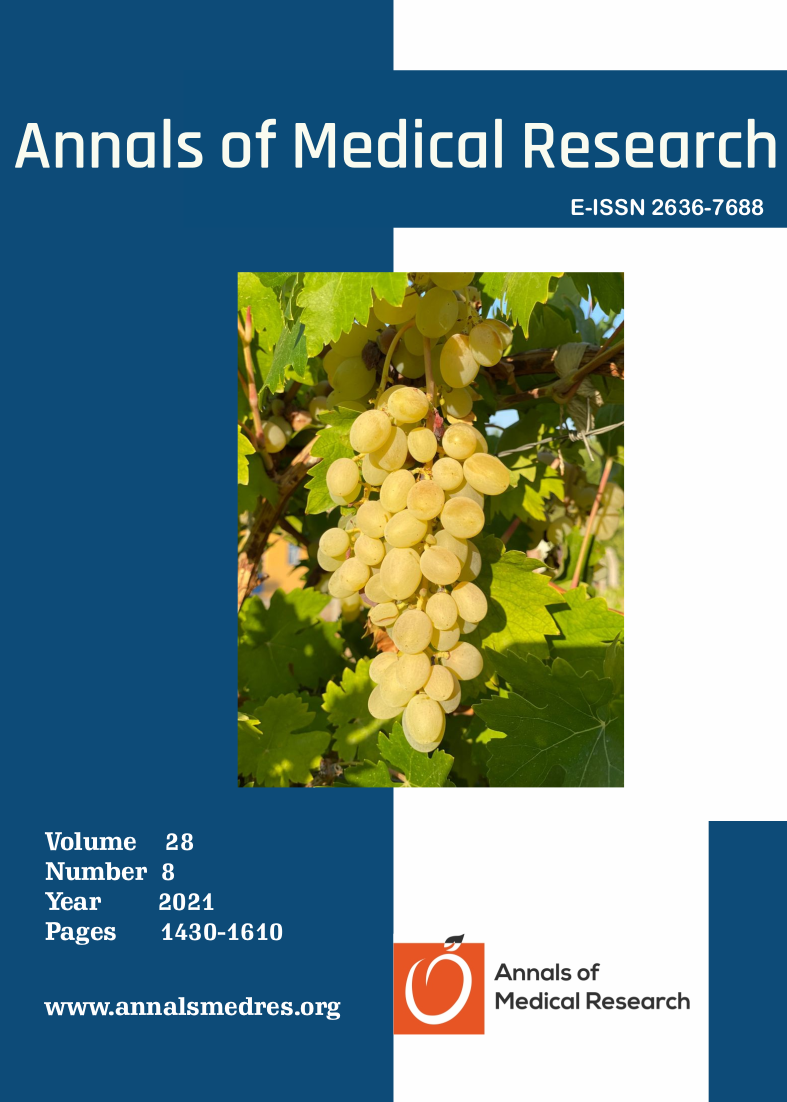The microbiology of acute cholangitis and associated in-hospital mortality
Keywords:
Acute cholangitis, antibiotic resistance, microorganism, mortalityAbstract
Aim: Acute cholangitis is an infection that may become life-threatening. In this study, we investigated the most prevalent organisms identified in cultures, antibiotic resistance patterns and associated in-hospital mortality.
Materials and Methods: Patients diagnosed as having acute cholangitis were included in the study retrospectively. The study patients were classified in two groups by culture results as culture-negative or culture-positive patients. The aim of the study was to identify offending organisms, antibiotic resistance and in-hospital mortality based on culture results.
Results: Overall, 108 patients with acute cholangitis were evaluated in two groups. Sixty six patients (61.2%) had positive cultures and 43 (40%) of these patients had polymicrobial culture results. There was a predominance of gram-negative bacteria (63%) and particularly, Klebsiella spp. and E.coli were the most commonly isolated organisms. The patients who died had 90.9% positive cultures, whereas those who survived had 53.6% culture positivity (p=0.02)
Conclusions: Biliary stent implantaiton was found to be the most common etiological factor for acute cholangitis. In terms of culture results, K. pneumoniae and E. coli were the most commonly isolated causative agents. ESBL resistance was found with a rate of 48.5% and carbapenem resistance was found with a rate of 22% for gram negative bacilli. Culture positivity was a risk factor in terms of in-hospital death.
Downloads
Published
Issue
Section
License
Copyright (c) 2021 The author(s)

This work is licensed under a Creative Commons Attribution-NonCommercial-NoDerivatives 4.0 International License.
CC Attribution-NonCommercial-NoDerivatives 4.0






